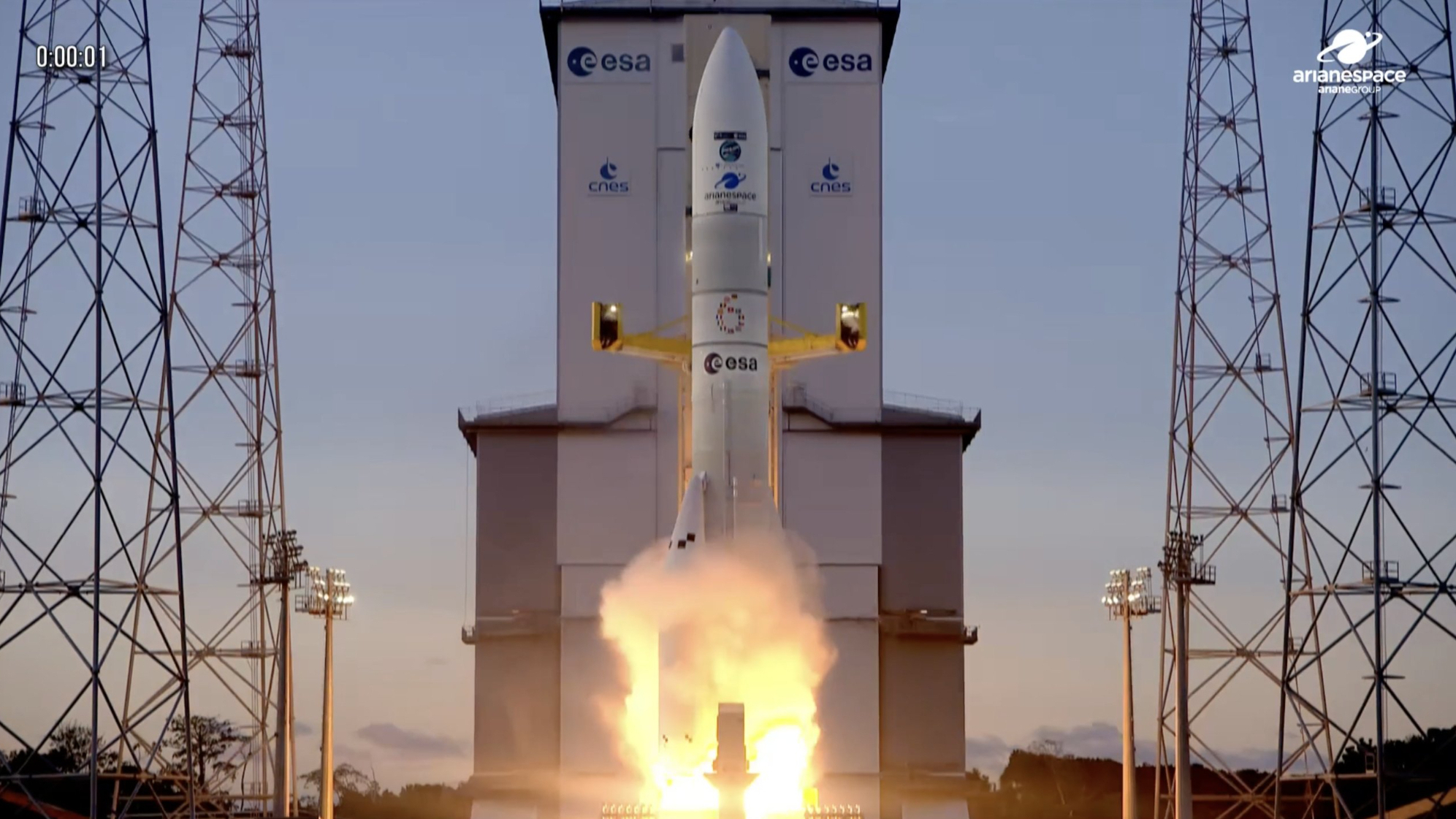Watch the entire total solar eclipse of 2021 in just 1 minute! (time-lapse video)
It was an incredible view from Union Glacier, Antarctica.
You can watch the sun disappear and reappear from view in just one spectacular minute.
A new video (available on YouTube in 4K) offers a stunning view of the 2021 solar eclipse that occurred on Saturday (Dec. 4). Although totality was only visible in Antarctica and the Southern Ocean, the video offers a prime view of the moon covering the face of the sun as seen from Union Glacier.
Penguins, a few research scientists and a couple of tourist flights were likely the only people who watched the total eclipse, given the isolated nature of Antarctica. The video comes from the JM Pasachoff Antarctic Expedition, which captured stunning views of the total solar eclipse in a livestream that luckily, had good weather to share the spectacle virtually.
Related: The only total solar eclipse of 2021 in pictures: Amazing photos from Antarctica
Total solar eclipses only appear over a small band of Earth due to the narrowness of the moon's shadow. During this eclipse, totality phase was visible for less than 2 minutes in Antarctica, although skywatchers in the southernmost regions of Australia, New Zealand, Argentina and South Africa could catch partial eclipses.
While solar eclipses are relatively rare, they move around to different parts of the world and allow various populations the chance to view them.
The next total solar eclipse, on April 20, 2023, will pass over south and east Asia, according to NASA's eclipse site. A total solar eclipse will also occur on April 8, 2024, crossing across parts of North America and Central America.
Breaking space news, the latest updates on rocket launches, skywatching events and more!
Partial eclipses are easier to spot. On April 30, 2022, one will be visible from the southeastern Pacific Ocean and parts of South America. Another partial solar eclipse will occur on Oct. 25, 2022, in parts of Europe, northeastern Africa, the Middle East and western Asia.
Also, a "ring of fire" annular solar eclipse on Oct. 14, 2023, will be visible from North America, South America and Central America.
You can prepare for those solar eclipses with our guide on how to photograph a solar eclipse safely. Our best cameras for astrophotography and the best lenses for astrophotography guides will help you pick the best gear to prepare for the next solar eclipse, too.
Editor's Note: If you snap an amazing solar eclipse photo and would like to share it with Space.com's readers, send your photo(s), comments, and your name and location to spacephotos@space.com.
Follow Elizabeth Howell on Twitter @howellspace. Follow us on Twitter @Spacedotcom and on Facebook.

Elizabeth Howell (she/her), Ph.D., was a staff writer in the spaceflight channel between 2022 and 2024 specializing in Canadian space news. She was contributing writer for Space.com for 10 years from 2012 to 2024. Elizabeth's reporting includes multiple exclusives with the White House, leading world coverage about a lost-and-found space tomato on the International Space Station, witnessing five human spaceflight launches on two continents, flying parabolic, working inside a spacesuit, and participating in a simulated Mars mission. Her latest book, "Why Am I Taller?" (ECW Press, 2022) is co-written with astronaut Dave Williams.

